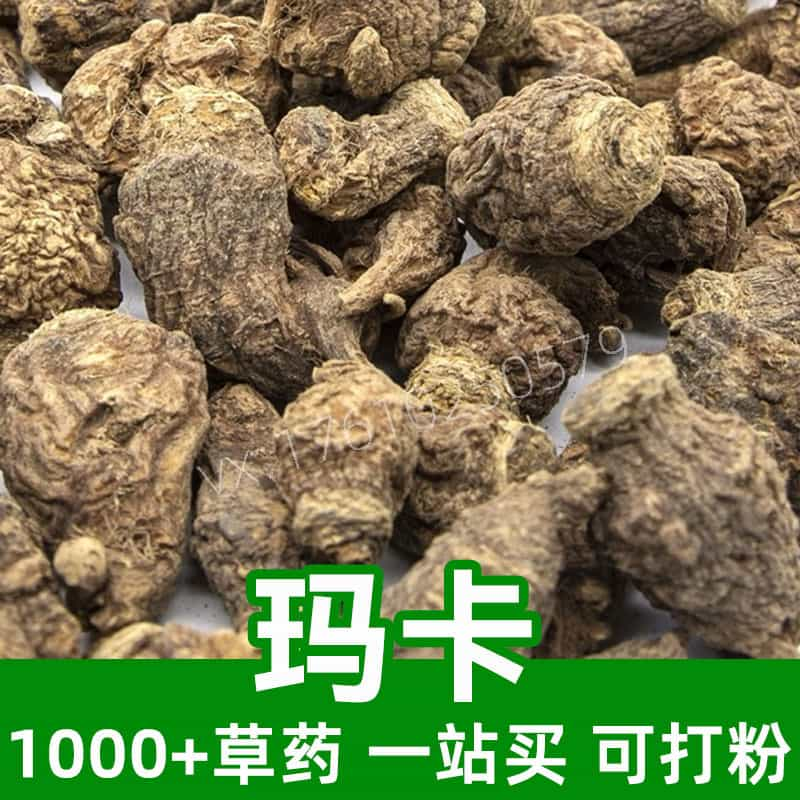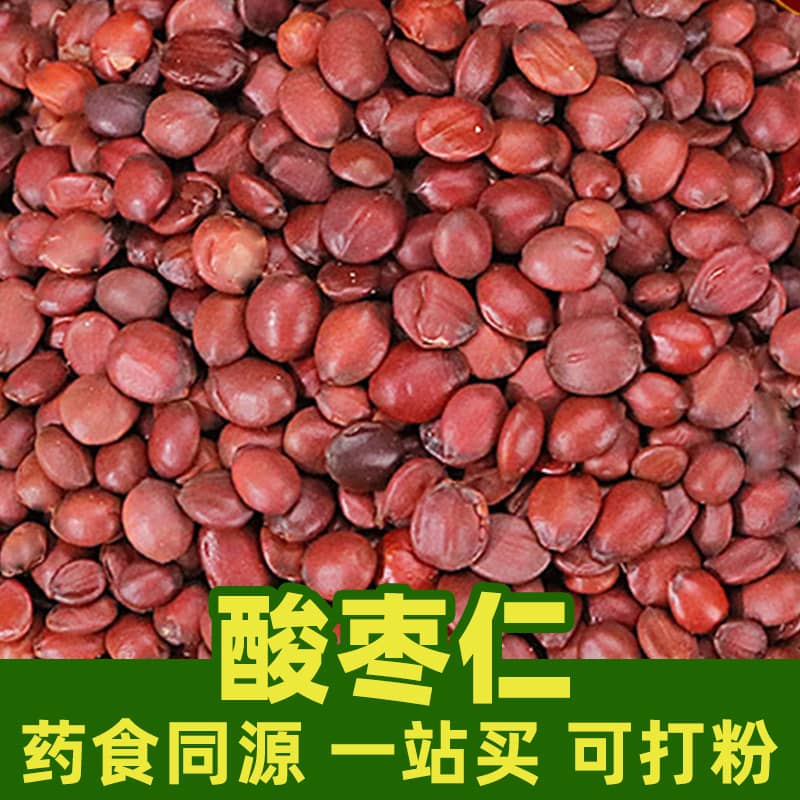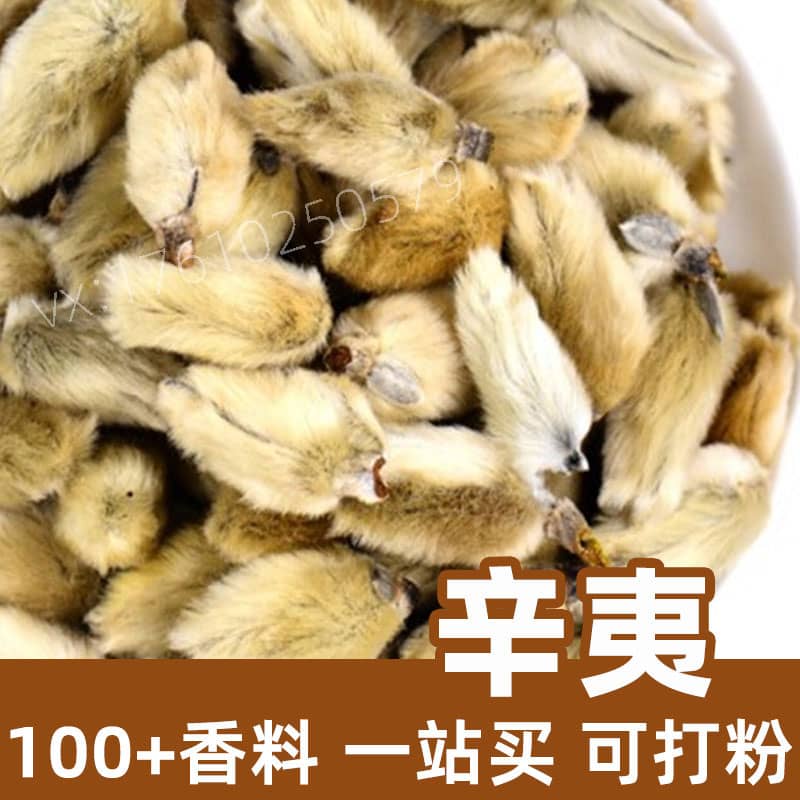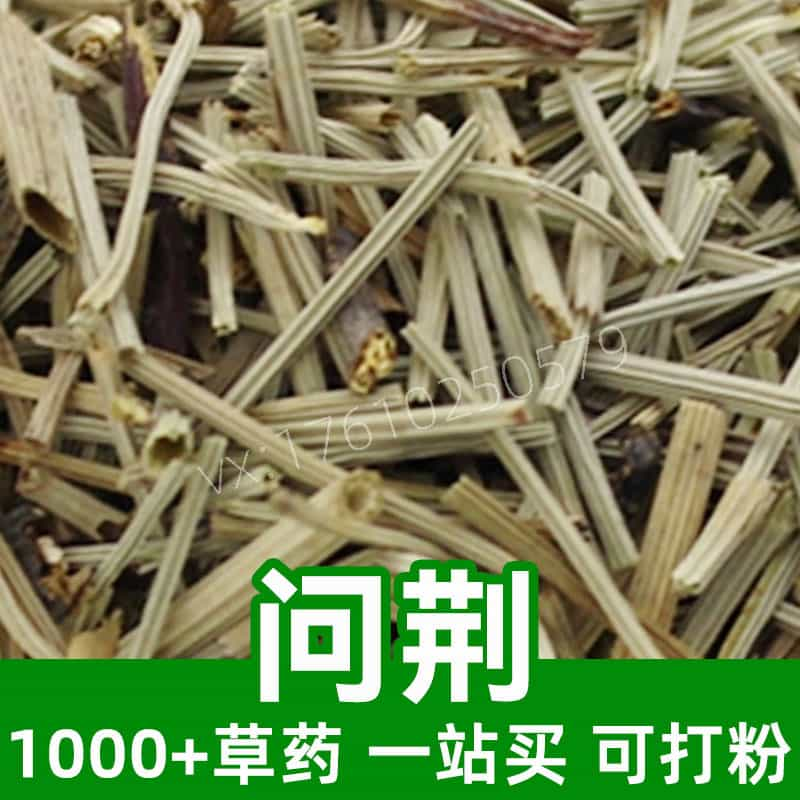Nepenthes Product Introduction
Nepenthes is a unique insect-catching plant known for its distinctive shape and function. Its main components are lantern-shaped organs that contain acidic digestive fluids used to attract, capture, and digest insects. These digestive fluids include various enzymes, such as aspartic protease and deoxyribonuclease, which help break down the captured insects. Nepenthes primarily grows in tropical rainforests or subtropical regions, such as Southeast Asia, Australia, and Madagascar.
Medicinal use of Nepenthes is not common, but some studies suggest that the enzymes in its digestive fluids may have potential medicinal value. However, due to its unique growing environment and insect-catching function essential for survival, its medicinal applications are limited. Additionally, Nepenthes is a popular ornamental plant, attracting interest with its unique appearance and insect-catching properties. As an ornamental plant, Nepenthes can be cultivated indoors or outdoors in suitable containers, providing a distinctive landscape and enjoyment.
Main Active Ingredients of Nepenthes
The main active ingredients of Nepenthes are primarily concentrated in its digestive fluids, which are crucial for catching and digesting insects. These fluids contain various enzymes and compounds that work together to digest and decompose insects. The following are the main active ingredients of Nepenthes:
- Digestive Enzymes: Nepenthes digestive fluids contain multiple digestive enzymes, including protease, nuclease, and glycosidase. These enzymes break down the proteins, nucleic acids, and carbohydrates in the captured insects into small molecules for the plant to absorb and utilize.
- Protease: Acts on the proteins in captured insects, breaking them down into amino acids and small peptides to provide nutrition.
- Nuclease: Decomposes the nucleic acids in insects into nucleotides and nucleosides.
- Glycosidase: Involved in the decomposition of carbohydrates in insects, converting them into forms that can be absorbed and utilized by the plant.
- Oxalates: The digestive fluids of Nepenthes also contain oxalates and other inorganic salts, which may help maintain the pH balance of the fluids and provide essential trace elements for the plant.
Overall, the components in Nepenthes digestive fluids work together to digest and decompose insects, providing nutrition and aiding growth and development. These components have significant importance in entomological research and have attracted extensive interest from scientists.
Application Scenarios and Usage of Nepenthes
Nepenthes, as a unique insectivorous plant, is primarily used in botanical research, for ornamental value, and in limited folk medicine applications. Its applications in traditional Chinese medicine or food are relatively rare since its main benefits do not align with edible uses.
- Botanical Research: Nepenthes is a representative insectivorous plant with significant importance in botanical and ecological research. Researchers can study its insect-catching mechanisms, digestive fluid components, and more to explore biodiversity and ecological changes in nature.
- Ornamental Value: Due to its unique appearance and insect-catching properties, Nepenthes is widely cultivated as an ornamental plant, popular among plant enthusiasts. Its variously shaped insect-catching organs, such as petal-like traps and flowers, have certain aesthetic value.
- Folk Medicine Application: Although Nepenthes is not commonly used in traditional Chinese medicine, it is sometimes used as folk medicine in certain minority areas. It is said that the digestive fluids of captured insects might have some medicinal value, but related scientific research has not been fully confirmed.
Since Nepenthes is not a common medicinal plant, it is rarely used in traditional Chinese medicine or food, and the methods and dosages are not well-defined. Generally, if used in folk medicine, it may be made into medicinal wine or herbal decoctions, but potential toxicity and pharmacological effects should be carefully considered, and it is best to use under the guidance of a doctor or botanist. In summary, further scientific research and validation are needed for its applications in medicine and food.
Introduction to Nepenthes: Origin, Distribution, and Growth Environment
Nepenthes, commonly known as **pitcher plants**, are a unique group of carnivorous plants belonging to the family Nepenthaceae. They are renowned for their distinctive trapping mechanisms and typically thrive in tropical and subtropical regions, including rainforests, swamps, and mountainous areas. Here’s a detailed overview of their origin, distribution, and growth conditions:
- Plant Overview: Nepenthes are perennial herbaceous plants that often take the form of vines or shrubs. Their most notable feature is their specialized trapping leaves, referred to as "pitchers." These pitchers usually have a flower-like opening and contain digestive fluids that capture and break down insects and other small organisms.
- Distribution: Nepenthes are primarily found in Southeast Asia, particularly in countries like Malaysia, Indonesia, the Philippines, Thailand, and Papua New Guinea. They also grow in regions of South Asia, southern China, Sri Lanka, Australia, and various Pacific islands.
- Growth Environment: These plants typically inhabit tropical rainforests, lowland swamps, mountainous terrains, and high-altitude areas ranging from sea level to over 3,000 meters. They exhibit strong adaptability to high humidity and warm temperatures, flourishing in moist, well-ventilated environments.
- Ecological Habits: Nepenthes usually grow beneath tree canopies or on swamp surfaces. They supplement their nutrient intake by trapping insects to obtain essential nitrogen and trace elements. Their unique pitcher structure entices and captures prey to compensate for nutrient-poor soils.
- Adaptability: Nepenthes are not particularly picky about soil types; they can thrive in poor acidic soils but prefer loose, well-drained substrates. They flourish in hot, rainy conditions and favor bright sunlight combined with moisture.
Overall, as a distinctive group of carnivorous plants, Nepenthes thrive in humid environments predominantly found in Southeast Asia. Their specialized trapping mechanisms allow them to acquire necessary nutrients in nutrient-deficient habitats, showcasing remarkable ecological adaptability.
Harvesting, Processing, and Storage of Nepenthes
Although Nepenthes are primarily insectivorous plants that do not undergo traditional harvesting or processing methods due to their unique nutritional acquisition strategy, collecting seeds or vegetative offshoots for propagation is essential. Here are general guidelines for harvesting, processing, and storing Nepenthes:
- Seed Collection: Seeds from Nepenthes should be harvested once they mature—typically when they turn brown and begin to split open. After collection, seeds should be placed in a dry, well-ventilated area to ensure complete drying.
- Separation of Offshoots: Nepenthes often reproduce through offshoots—small plants that separate from the main stem or root system. These can be gently detached and allowed to dry in a controlled environment.
- Storage: Collected seeds or offshoots should be stored in a dry, ventilated container to prevent moisture damage. It is advisable to use sealed bags or glass jars with desiccants to absorb humidity.
- Temperature Control: The ideal storage temperature for Nepenthes seeds or offshoots should range between 15-25°C (59-77°F) to avoid damage from extreme heat or cold.
- Mold Prevention: Keep storage containers dry and regularly check for signs of mold growth on seeds or offshoots. If any mold is detected, promptly remove affected parts and replace the container with a dry one.
- Regular Turning: To ensure even drying and ventilation of seeds or offshoots, periodically (monthly or more frequently) turn the storage container to prevent localized moisture accumulation.
- Choosing the Right Planting Time: When preparing for planting, select appropriate seasons and environmental conditions that will promote healthy growth and development of new seeds or offshoots.
In summary, proper storage techniques for Nepenthes seeds and offshoots are crucial for maintaining their viability and growth potential. Through appropriate drying methods, temperature regulation, and mold prevention strategies, you can extend the lifespan of these resources for future cultivation and propagation efforts.
Monica Sun is a seasoned expert in the natural raw materials industry, with over a decade of experience specializing in traditional Chinese medicinal herbs, spices, and fungi. She is skilled in the sourcing, processing, and application of these materials, emphasizing sustainability and innovation. Monica Sun has contributed to the development of high-quality natural raw materials that serve as essential components in functional foods, pharmaceuticals, and cosmetics, delivering tailored solutions to meet diverse market needs.
















